Healthy diets of Wildlife
Learn more about healthy diets of wildlife by exploring our site and become a true expert on the animal kingdom. You'll find content created for the best professionals with pictures, videos and opinions.
25 articles
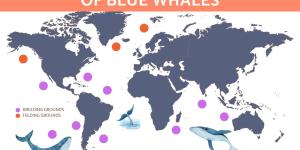
The largest mammal on Earth, the blue whale, has a feeding method that is just as incredible as the size of its body. These giants primarily consume krill, tiny shrimp-like creatures, through a method known as filter feeding. By taking in enormous gulps of seawater and filtering out their prey using...
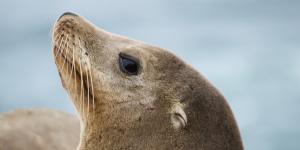
Sea lions are skilled marine predators whose diet and hunting strategies have evolved to thrive in diverse ocean environments. From the cold waters of Alaska to the warm seas of the Galápagos, these members of the Otariidae family have developed sophisticated feeding behaviors that combine speed, agility,...
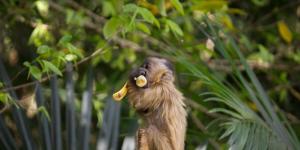
Monkeys live in a wide range of environments, from tropical rainforests to savannas and even urban areas. While most monkeys are omnivores, their diets vary significantly depending on the species and the available food sources. Some rely on fruits and seeds, while others eat more leaves or insects....
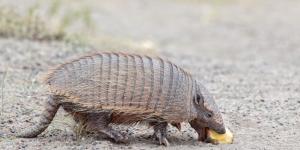
Armadillos, instantly recognizable by their unique armored shells, are fascinating mammals native to the Americas. These diligent diggers and nocturnal foragers play an important role in their ecosystems, contributing to soil health and seed dispersal. Despite their familiarity, many aspects of armadillo...
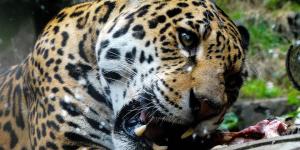
The jaguar (Panthera onca) reigns supreme as the largest cat species native to the Americas. These magnificent creatures are not just awe-inspiring predators; they play a critical role in maintaining healthy ecosystems. Jaguars boast a remarkably diverse diet, consuming over 85 different animal species. Being...
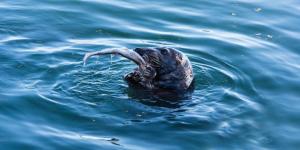
Seals are an incredibly diverse and fascinating group of marine mammals, comprising over 30 different species found worldwide. Seals play a vital role in maintaining the delicate balance of marine ecosystems. As apex predators, they help to regulate prey populations, preventing the overexploitation...
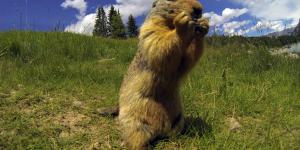
Groundhogs (Marmota monax) are mainly herbivorous animals, but their diet does include some animal-based food. Whether this makes them truly herbivorous animals is something which has resulted in some debate. Also known as the woodchuck, groundpig and many other common names depending on region and preference,...
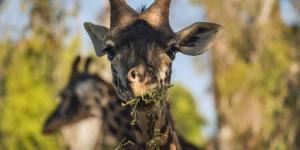
Giraffes, with their towering height and graceful long necks, are among the most iconic creatures on Earth. These gentle giants are herbivores, meaning their diet consists solely of plants. But their unique feeding habits, characterized by both elegance and versatility, set them apart from other animals.
In...
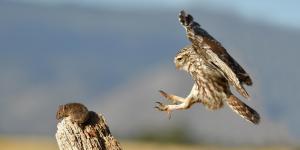
Owls have fascinated people around the world for centuries due to their captivating nature. Their allure is only enhanced by their nocturnal habits and mysterious behavior. Moreover, their unique appearance, characterized by their large forward-facing eyes and round faces, makes them instantly recognizable....

The European pine marten (Martes martes) is a member of the order Carnivora, meaning they are specially adapted to eating the flesh of other animals. Some consider the pine marten to be omnivorous since they can eat non-animal sources of food. Undoubtedly cute and far from am apex predator, the pine...
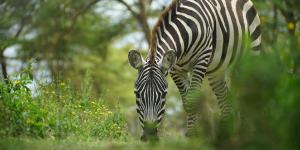
Zebras belong to the family Equidae, which includes a total of three living species. Their similarity to other mammals such as donkeys and horses is no coincidence, as they share the same genus, Equus. Zebras are known for their distinctive black and white striped coat that is unique to each animal. They...
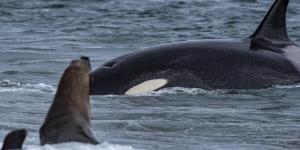
The orca or killer whale (Orcinus orca) is a marine animal that belongs to the cetacean group (Cetacea). Although commonly called whales, they belong to the Delphinidae family, which includes dolphins. Killer whales live in all the oceans of the world and migrate from place to place depending on the availability...
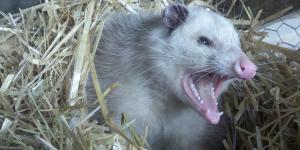
Opossums are a group of marsupial mammals that are endemic to the Americas. Those who live in the United States and Canada will most likely be familiar with the Virginia Opossum as this is the only species which lives in these areas. Others who live further south may be aware of other species. Differentiating...
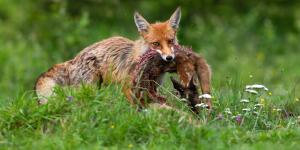
Foxes are small to medium-sized omnivorous mammals that belong to several genera in the family Canidae. There are numerous species of animals commonly referred to as foxes, but in fact there are only 12 species that belong to the monophyletic group of “true foxes” of the genus Vulpes, which means “fox”...
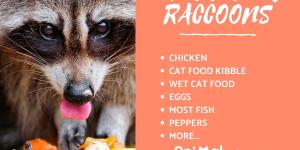
If you find you have to take care of a raccoon, knowing what to feed them is vital. Raccoons are gregarious animals and are becoming common fixtures even in urban environments as they search out food. They are generally very intelligent animals with dexterous paws, making them capable of looking after...
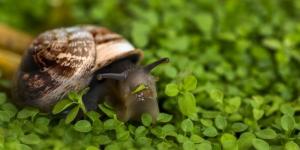
Many people overlook the existence of snails. They are small animals that move slowly in the garden or also found in marine environments. These mollusks are characterized by having a shell and leaving behind a kind of drool that they use to move.
How much do you know about them? Do snails have teeth? What...
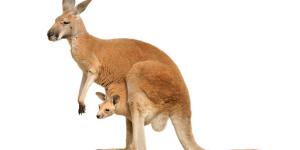
Kangaroos are herbivorous animals: they only consume vegetables and never meat. However, there are actually four different kangaroo species and they all have slightly different diets, of which different plant types are consumed.
As you know, kangaroos are native to the Land Down Under - that is, Australia....

The gray wolf (Canis Lupus), much like its close relative the domestic dog, is a predatory carnivorous mammal, although not exclusively so. Gray wolves are controversial animals; their wild beauty and power has fascinated humans for centuries, but they have been a major threat - and many people still...

Polar bears (Ursus maritimus) live in the frozen regions of the Northern Hemisphere, in the Arctic Circle. There is currently an estimated population of 20,000 polar bears, and their numbers have fallen drastically in recent years.
These bears have solitary habits and don't hibernate, except for mothers with...

Animals are classified according to different criteria, but one of the most common categorizations is their diet. Since few birds pose a direct threat to us humans, it can be easy to forget there are carnivorous birds who will eat other animals. Some will even eat small mammals in the right circumstances....
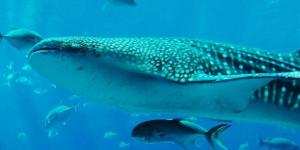
The whale shark is a very peculiar animal that arises many questions. One of the most common doubts about this species, of course, is whether it is a shark or a whale. If that's what you were wondering, here is your answer: The whale shark is, without a doubt, a shark - that is, a fish and not a mammal.
Whale...

Penguins are some of the most well-known flightless marine birds because of their endearing appearance. There is not a single kind of penguin; in fact, there are between 16 and 19 species within the penguin family, which is scientifically known as Spheniscidae.
Adapted to cold climates, penguins are distributed...
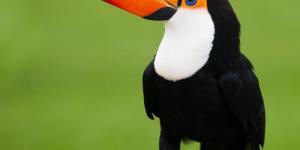
Toucans are one of the most recognizable birds in the world thanks to their characteristic and very colorful well-developed beak. Toucans are arboreal, that is, they live in trees. They also have a very long tongue, and their feet have four claws, with two claws pointing forward and two pointing backwards;...
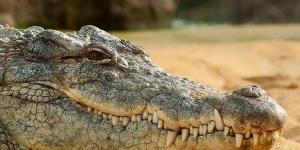
There are three families of crocodiles, which include a total of 23 species. All of them, however, are reptiles - cold-blooded animals with hard scales and plates on their skin. Crocodiles have adapted to be able to stay underwater for an hour through structural and physiological evolution; they have...

There are actually different species of sloth, although they are all characterized by their lack of incisor teeth. This odd feature is shared by anteaters and armadillos. Sloths are known for spending most of their time dozing on tree branches; when they move to feed or simply change their posture, they...
